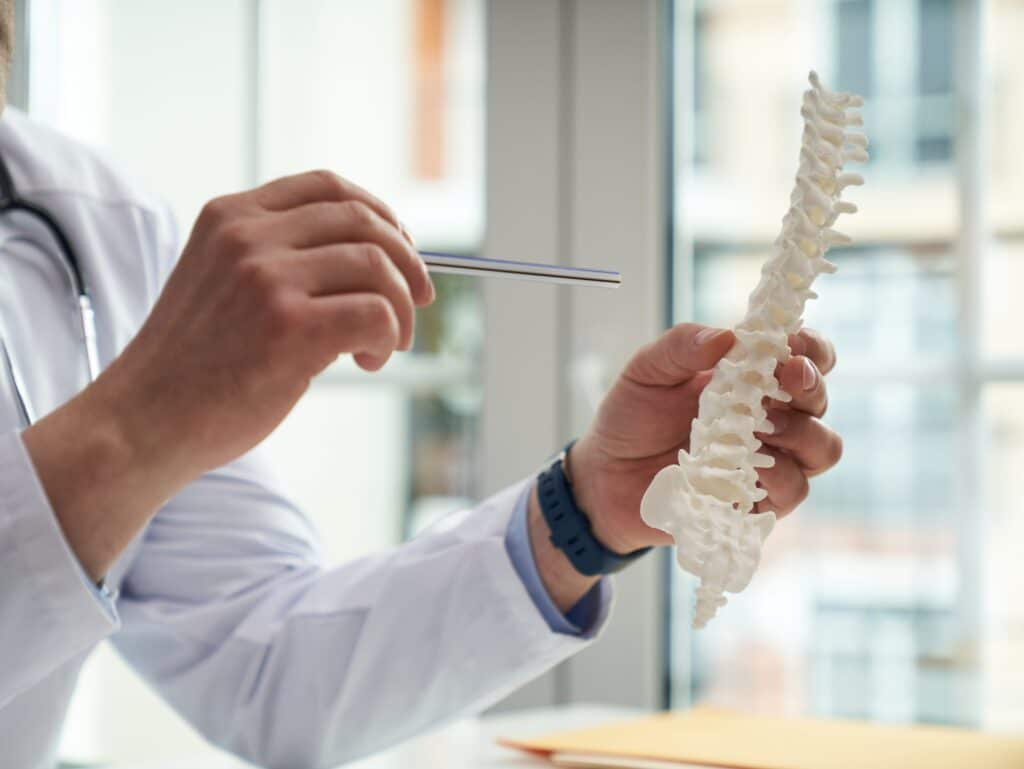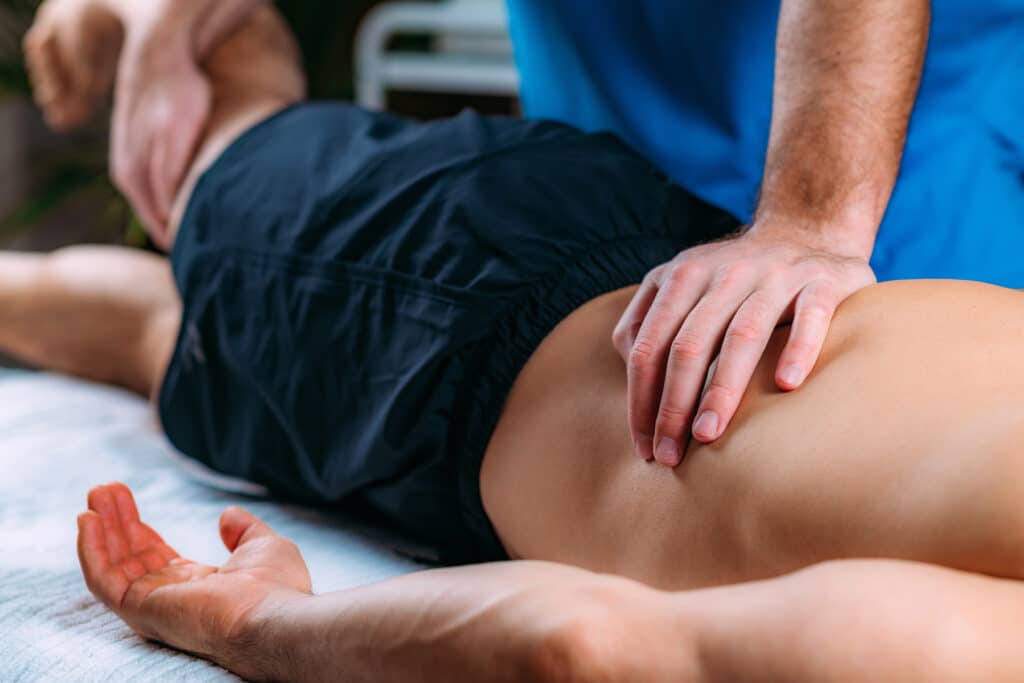Herniated discs typically develop between the ages of 30-50. A herniated disc is when the tissue in between your vertebrae, known as the vertebral disc, pushes through a crack in the tougher exterior casing. Some herniated discs cause no symptoms. Others can cause intense pain, numbness, or weakness when the nearby nerves get irritated.
Menu
Menu


